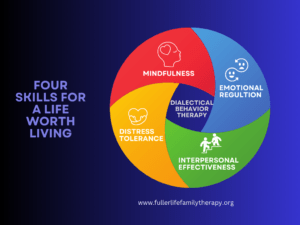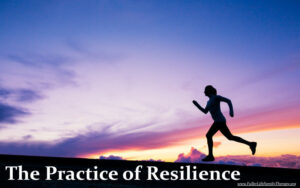Dialectical Behavior Therapy: From a Life of Misery to One Worth Living
Emotional Regulation skills help people manage their emotions, even though complete emotional control cannot be achieved. To a certain extent, people are who they are, however, people can learn to have more control.










